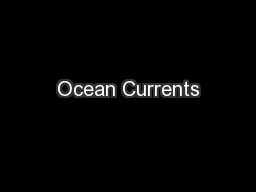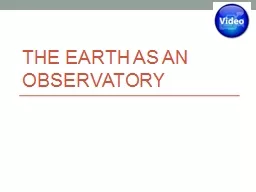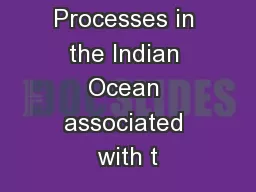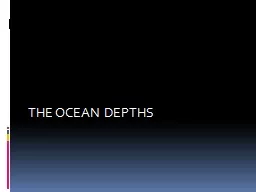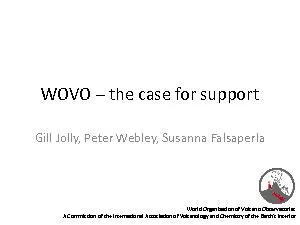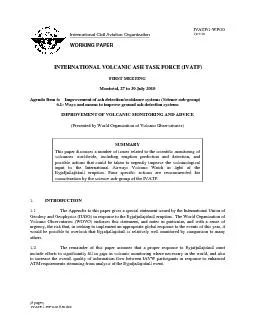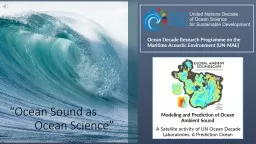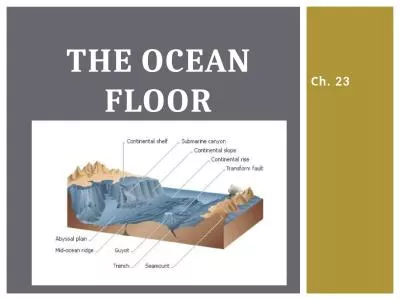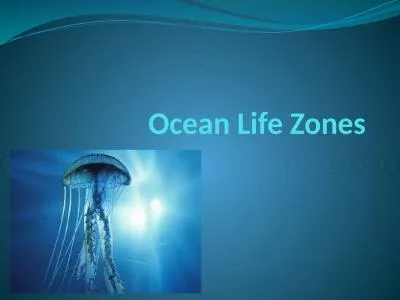PDF-Fixed point Open Ocean Observatories Network
Author : jade | Published Date : 2021-06-18
FixO 3 Grant Agreement Number 312463 The work described in this report has received funding from the European Union Seventh f ramework Programme FP72007 2013 Work
Presentation Embed Code
Download Presentation
Download Presentation The PPT/PDF document "Fixed point Open Ocean Observatories Net..." is the property of its rightful owner. Permission is granted to download and print the materials on this website for personal, non-commercial use only, and to display it on your personal computer provided you do not modify the materials and that you retain all copyright notices contained in the materials. By downloading content from our website, you accept the terms of this agreement.
Fixed point Open Ocean Observatories Network: Transcript
Download Rules Of Document
"Fixed point Open Ocean Observatories Network"The content belongs to its owner. You may download and print it for personal use, without modification, and keep all copyright notices. By downloading, you agree to these terms.
Related Documents


